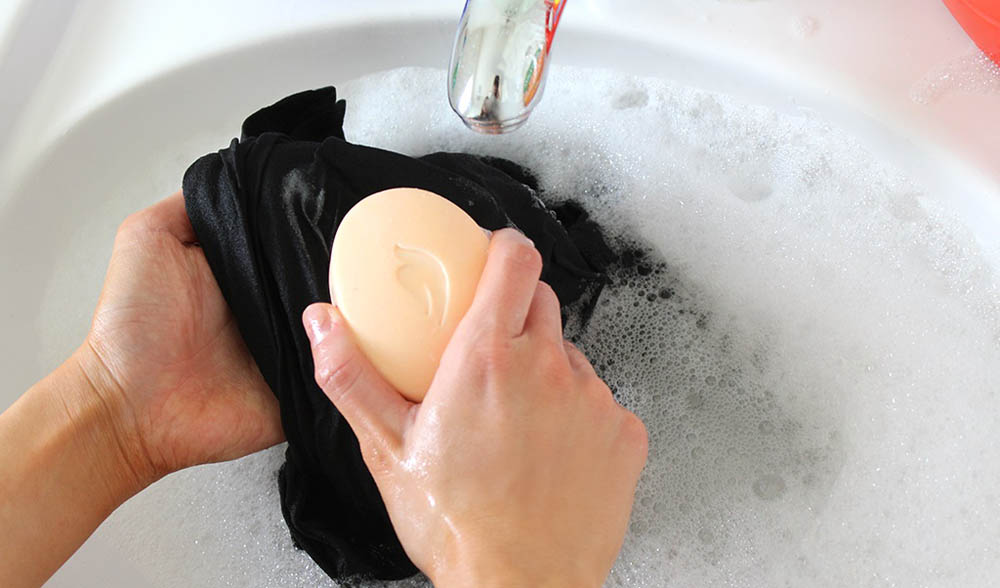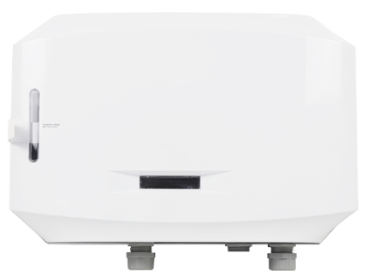
In actuality, the act of washing clothes can have a detrimental impact on the environment, with excessive water usage and microscopic fabric particles posing harm to the ocean. Since ecologist Mark Browne's groundbreaking study in 2011, it has been revealed that microfibers accumulating from laundry contribute to a severe form of water pollution — microscopic debris that bypass sewage filters and annually cause the death of thousands of marine species.
However, advocating for a ban on washing clothes is impractical and unhygienic, exacerbating the problem. The key to mitigating negative impacts while maintaining cleanliness lies in reducing the use of detergents, labor, and water consumption in each spin cycle — an approach offered by the eco laundry system.
While still an evolving innovation, the design of the eco laundry system, or ozone laundry system, represents a revolutionary solution for both clothing care and marine conservation. The traditional method of washing clothes undeniably poses threats to marine life, as laundry detergents and residual substances draining into sewage systems ultimately reach oceans, causing harm to fish, turtles, and coral reefs that inadvertently ingest them in open water.
An ozone laundry system, operating through a single generator connected to one or more washing machines via valves, undergoes a sophisticated process. In essence, it washes clothes by concentrating and charging oxygen molecules until they split and reassemble into ozone, which reacts with stains on clothes. The noteworthy aspect is that an ozone laundry system typically maintains effectiveness for years with minimal maintenance required.

Ozone gas molecules exhibit a constant search for substances to react with while present in the water, akin to hungry children seeking something to eat. This behavior makes ozone laundry naturally adept at lifting dirt, eliminating bacteria, and softening fabric fibers in the process. The outcome is a fresh, clean, and fluffy load of laundry, achieved with minimal to no reliance on detergents.
The utilization of an ozone laundry system results in a 50% reduction in electricity and water consumption when handling large volumes of laundry daily.
Unlike traditional methods that involve heating water to enhance cleaning and disinfection, an ozone laundry system operates solely with cold water. This eliminates the need for water heating, contributing to substantial energy savings compared to the extended hours and watts consumed in conventional washing processes.

Furthermore, a single ozone laundry session reduces spin cycles from two to one, as ozone molecules soften and open fabric fibers, making clothes more easily dried. Ozone easily decomposes, transforming back into oxygen during and after the washing process. This leads to a significant reduction in chemical waste and water consumption. Additionally, the water discharged after washing can enhance oxygen levels in coastal areas, vital for the numerous species that inhabit these regions.
Collectively, these factors contribute to an impressive 80% reduction in the average household's carbon footprint, establishing the ozone laundry system as an environmentally friendly and cost-efficient solution for laundry needs.

Green Land Yinghai International Building B,
Baohe District, Hefei,
Anhui, China, 230002
© O₃ Eco Laundry 2024 | Sitemap | Privacy Policy | Terms of Service